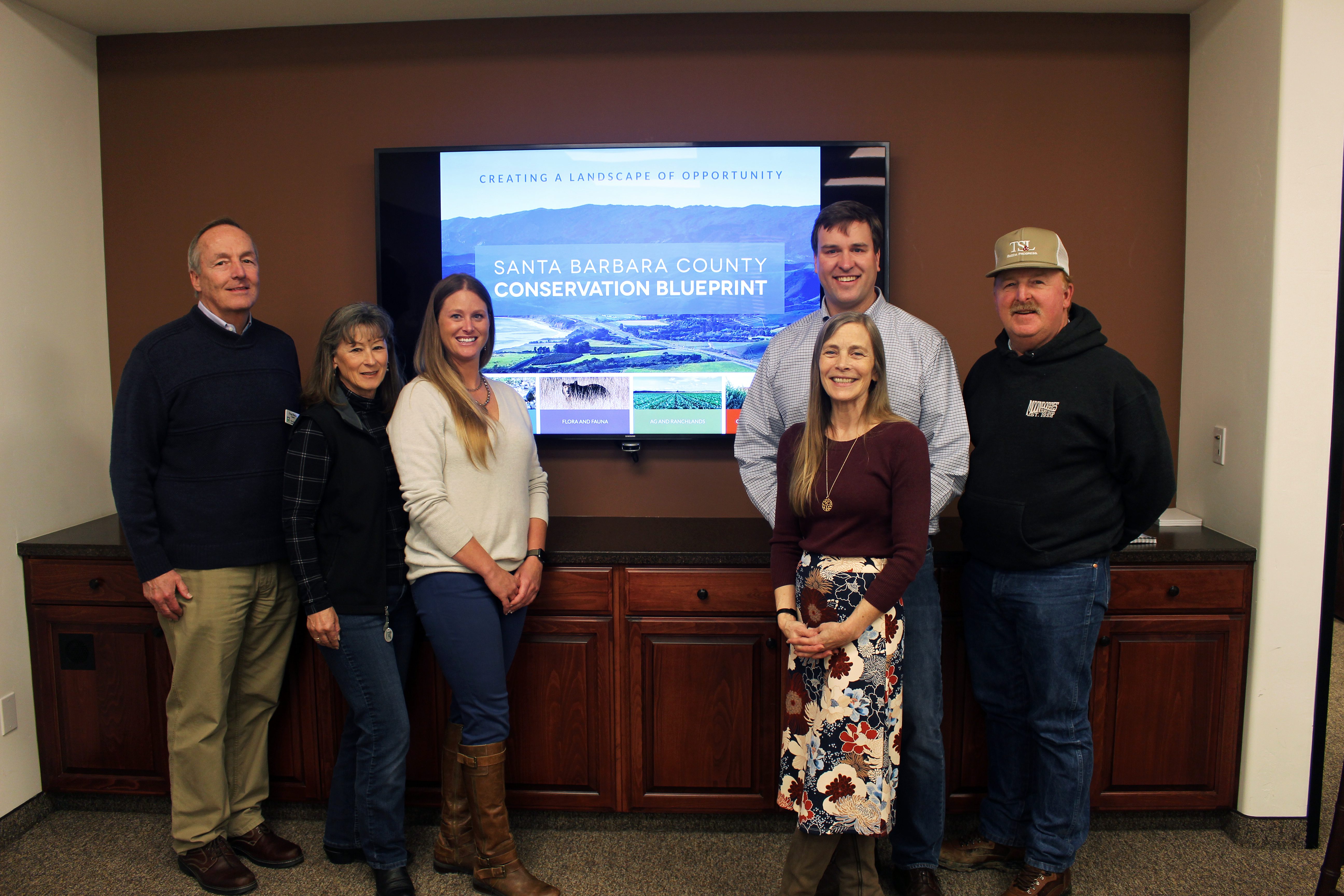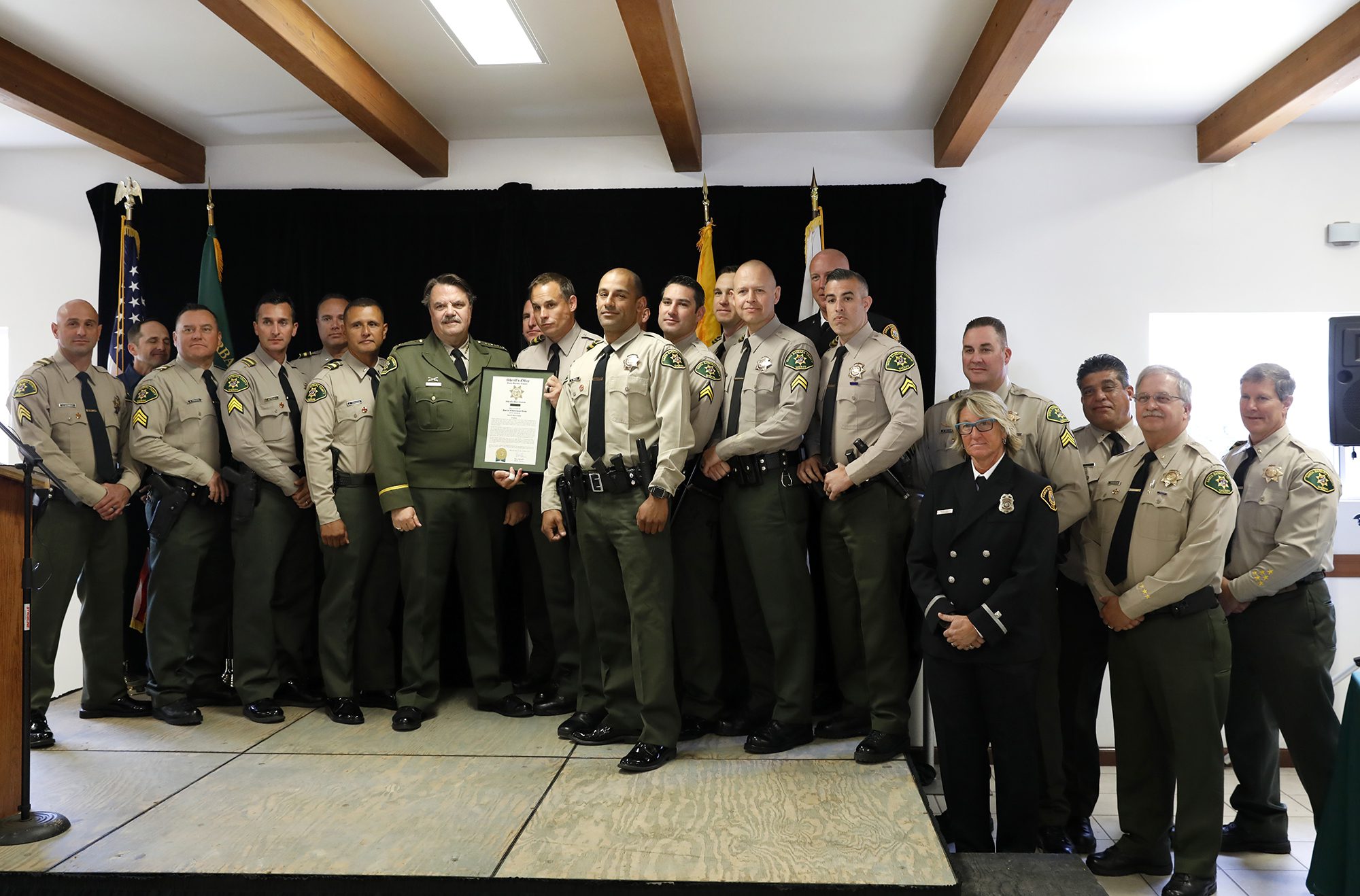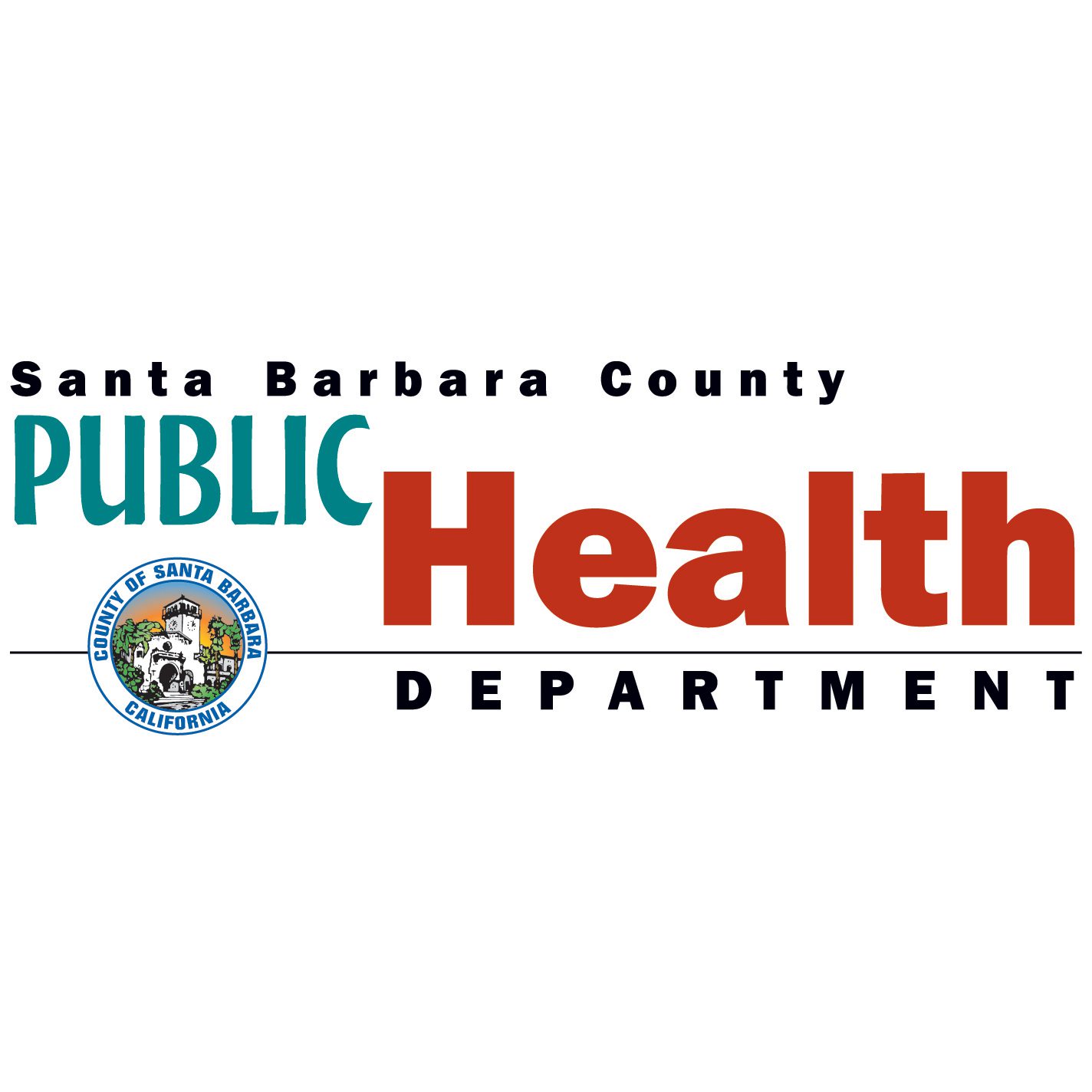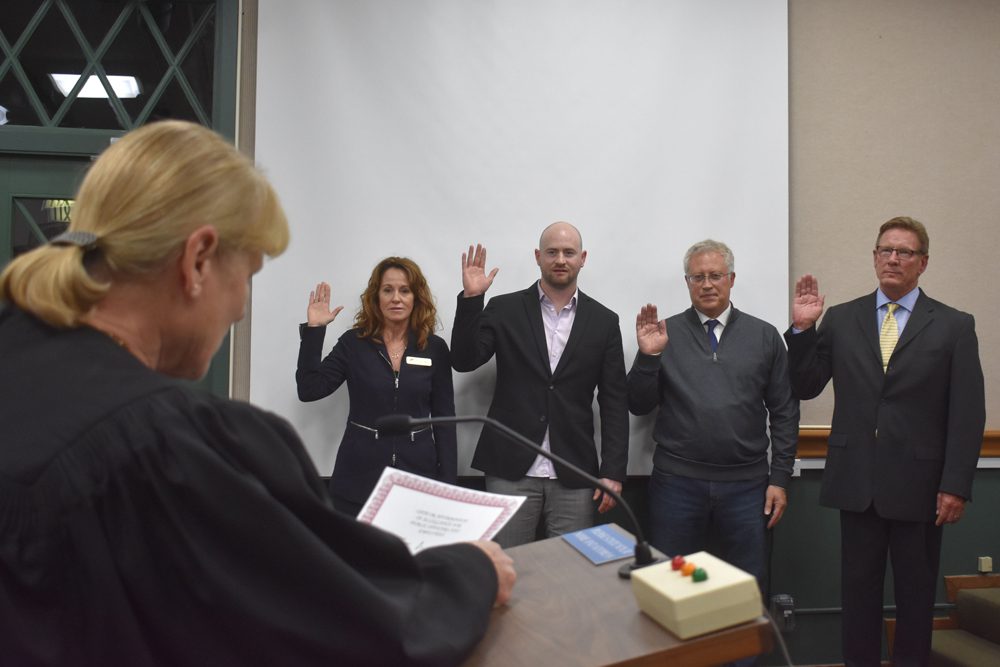By April Charlton
Contributing Writer
A roadmap meant to guide future conservation conversations about everything from housing development to trail building in Santa Barbara County was unveiled in March after nearly two years in the making.
The “Santa Barbara County Conservation Blueprint” — a 150-page document and online, interactive mapping tool — is a collaboration between the Santa Barbara Foundation’s LEAF Initiative, Land Trust for Santa Barbara County, and Cachuma Resource Conservation District.
The document, which is available to the public, includes an online mapping tool — called the Atlas — and a written report focusing on four natural resource themes that include water, flora and fauna, agricultural and ranch lands, and community and the land.
The online Atlas houses close to 300 science-based data sets that can be viewed as maps, analyzed and shared with others.
Land Trust Executive Director Chet Work said the report, which describes all aspects of the county from population to oil production, is intended to be a summary of the resources in Santa Barbara County and to show how they all interact with one another and are affected by climate change.
“This is only meant to summarize that breadth of knowledge,” Work said of the report that was unveiled during a Conservation Blueprint community and media briefing March 14 in Santa Maria. He also noted that until now the information in the extensive document was available only to county officials.
Information contained in the report and used to create the online, interactive mapping tool was the result of almost two years of dialogue and interviews with community members including ranchers, farmers and developers, as well as public meetings and focus groups, data collection and research.
“This wasn’t meant to be the end all, be all, of knowledge,” Work said. “It barely scratches the surface. It was intended to be a summary.”
He also said the extensive report shows how the highlighted resources shape community values and perspectives, while the online maps are very much a “living thing that doesn’t become stale.”
The purpose of the report and companion mapping tool is to provide a common language and platform for the publicly available data that includes the county’s fire, development and precipitation history, crop types, aquifer recharge and habitat connectivity, according to project partners.
“This is really good information for the community to have,” Work said, pointing to data in the report showing there are about 330 miles of trails on the county’s South Coast compared to fewer than 10 miles in the Orcutt and Santa Maria area. “We are not going to solve any problems if we are not talking from the same playbook.”
The Blueprint can provide students and citizen scientists with science-based data and resources; can help identify and develop priorities and attract funding sources for landowners for land conservation; can assist in balancing farm and/or ranch expansions with resource protection and land stewardship improvement; can be used to identify opportunities to increase access or add trails; can identify areas of need, gaps, burdens or vulnerabilities to climate change, pollution exposure, transportation or access to nature; and it can be used to identify housing development locations that balance resource protection with quality of life for residents, according to project partners.
Project partners repeatedly said during the briefing that the Conservation Blueprint is also a first step toward creating what they like to call “a landscape of opportunity.” It isn’t attempting to create new policy or regulations, but rather to describe the county, they said.
“We talk about this being a description of our county, not a prescription,” said Sharyn Main, senior director of community investments for the Santa Barbara Foundation and director of its LEAF Initiative.
Main added everyone now has the same tools to work toward creating a blueprint for future growth, whatever that may be, and that it was imperative the effort to create and maintain the Conservation Blueprint not be government-driven or regulated.
“We wanted to create a tool that would be much more broadly embraced,” Main said, noting the project was a labor of love. “It is our hope that the Blueprint will inspire greater collaboration and is just as beneficial to farmers and ranchers, housing advocates and developers as it will be to conservation.”
Anna Olsen, executive director of the Cachuma Resource Conservation District, said the Blueprint will be a great tool for future conversations involving the agricultural community, which she wanted to ensure had a seat at the table, because the document does provide a needed common language.
“A lot of people are saying the same thing,” Olsen said. “It’s just not being said in the same way.”
Questions should be emailed to info@sbcblueprint.net. For more information, visit www.sbcblueprint.net.







